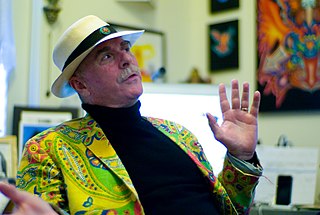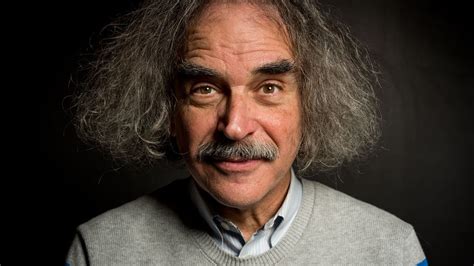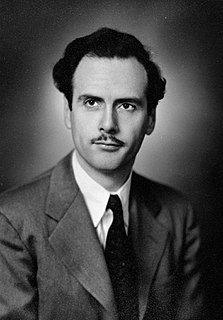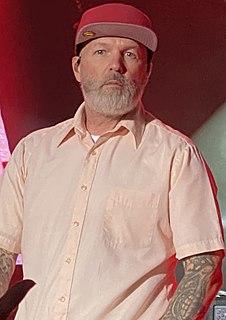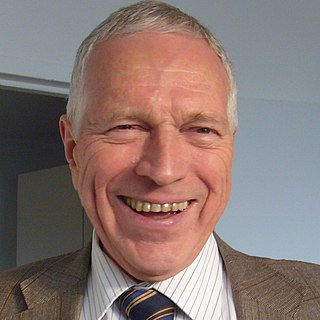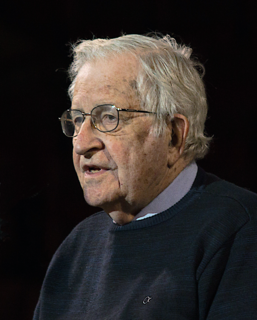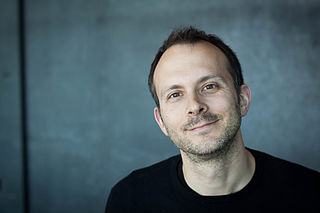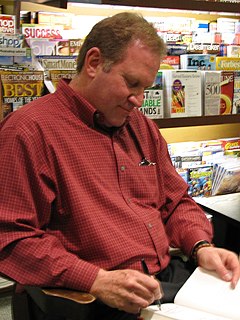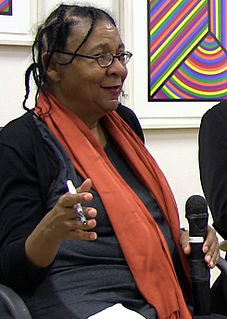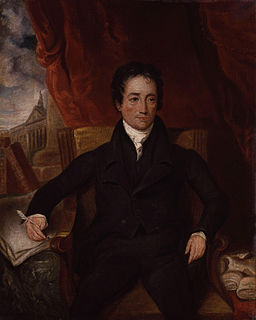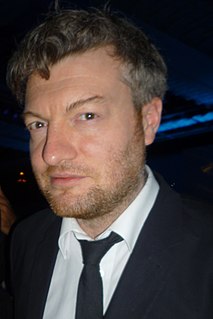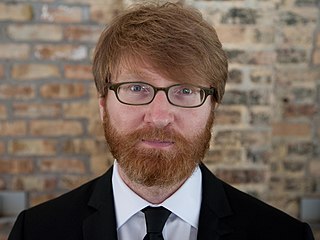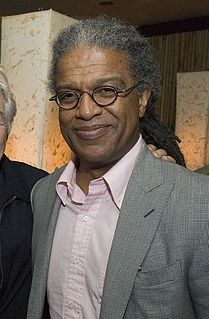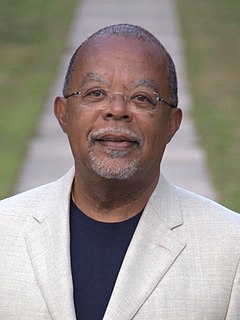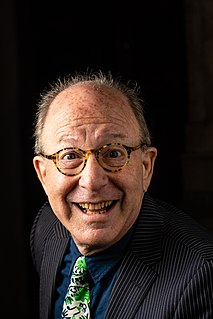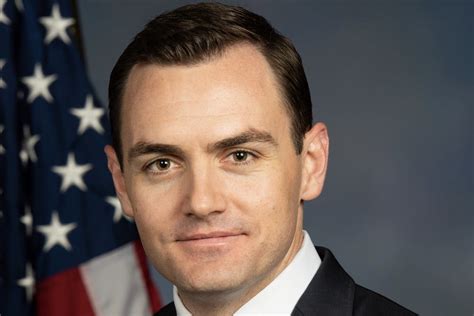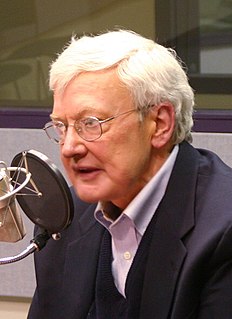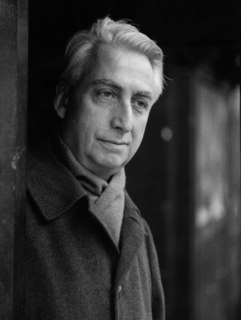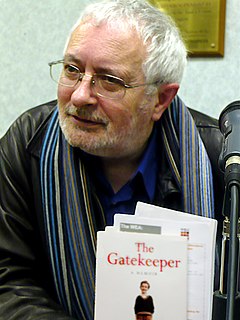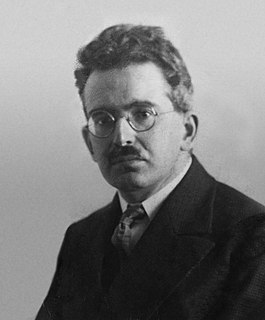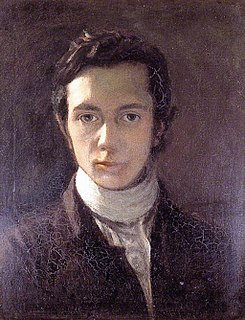A Quote by Howard Rheingold
The first art in caves were really psychedelic experiences, and the reason that they were is because the tribal encyclopedia, the amount of information that people needed to know in order to move to a new way of life, suddenly increased over that period of time.
Related Quotes
The information that was contained in a cathedral was based upon a common culture - a common Christian culture - and the elements were chosen for a common symbolic meaning. Someone who knew everything that was represented in a cathedral had a sort of encyclopedia - you can indeed call it that - but it was a selective encyclopedia, like encyclopedias back when they were books and the people writing them were supposed to be specialists in their field. I think today the problem is that people don't know how to choose between different kinds of information.
If men were able to be convinced that art is a precise advance knowledge of how to cope with the psychic and social consequences of the next technology, would they all become artist? Or would they begin a careful translation of new art forms into social navigation charts? I am curious to know what would happem if art were suddenly seen for what it is, namely, exact information of how to rearrange one's psyche in order to anticipate the next blow from our own extended faculties.
That was the real secret of the Tarahumara: they'd never forgotten what it felt like to love running. They remembered that running was mankind's first fine art, our original act of inspired creation. Way before we were scratching pictures on caves or beating rhythms on hollow trees, we were perfecting the art of combining our breath and mind and muscles into fluid self-propulsion over wild terrain. And when our ancestors finally did make their first cave paintings, what were the first designs? A downward slash, lightning bolts through the bottom and middle-behold, the Running Man.
When Scott and I started, every time we performed we wrote a whole new bit. We didn't know this wasn't the way things were done because we were just starting. But we needed the new material anyway. And it's nice, every time that Matt Besser does the show he does a whole new bit. And it's nice to offer up a place where people can be that experimental while offering some solid, proven comedy as well.
Mike Flynn is a fine person, and I asked for his resignation. He respectfully gave it. He is a man who there was a certain amount of information given to Vice President Mike Pence. And I was not happy with the way that information was given. He didn't have to do that, because what he did wasn't wrong - what he did in terms of the information he saw. What was wrong was the way that other people were given that information, because that was classified information that was given illegally. That's the real problem.
I went to art school... but I worked at the Museum of Modern Art. I worked in fundraising at the information membership desk. I ended up, over a period of time, doubling the amount of membership revenue that came in through people entering the museum, so people would ask me to come and work for them.
Norman Rockwell spent his career painting pictures that helped people understand their own feelings...pictures that enriched their own experiences and celebrated their own lives. But the art establishment branded him an 'illustrator', a sentimental one at that. Real artists, they said were doing art for art's sake, not for the sake of the bourgeois public. Real artists were putting swiggles, smears or daubs of paint on the canvas. They were doing 'innovative' and 'creative' work. If they were hideous and grotesque; we know that's what life really is!
It's kind of interesting and sick that the intellectual culture called the 1960s, "time of troubles," a dangerous period in which a lot of harm was done to the society. And the reason is because we were civilized and that's dangerous. That increased the commitment to democracy, to rights and so on, and this left people much less obedient.
About 85 per cent of my "thinking" time was spent getting into a position to think, to make a decision, to learn something I needed to know. Much more time went into finding or obtaining information than into digesting it. Hours went into the plotting of graphs... When the graphs were finished, the relations were obvious at once, but the plotting had to be done in order to make them so.
